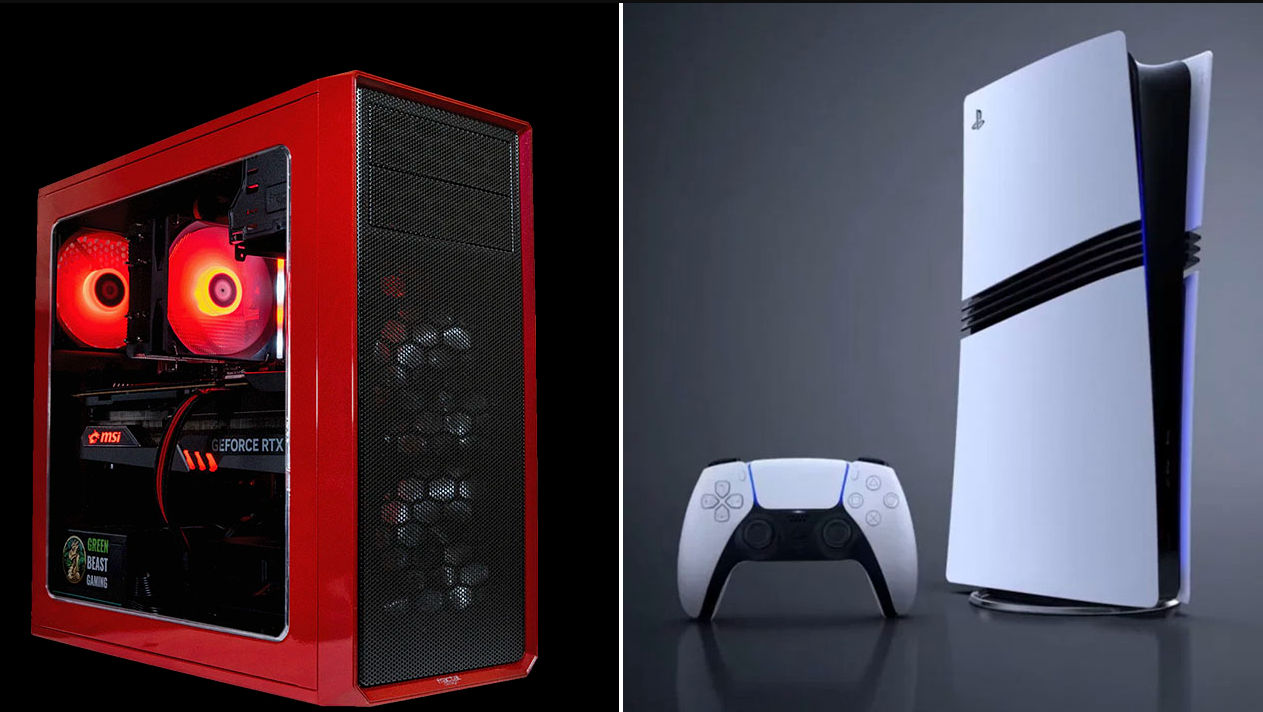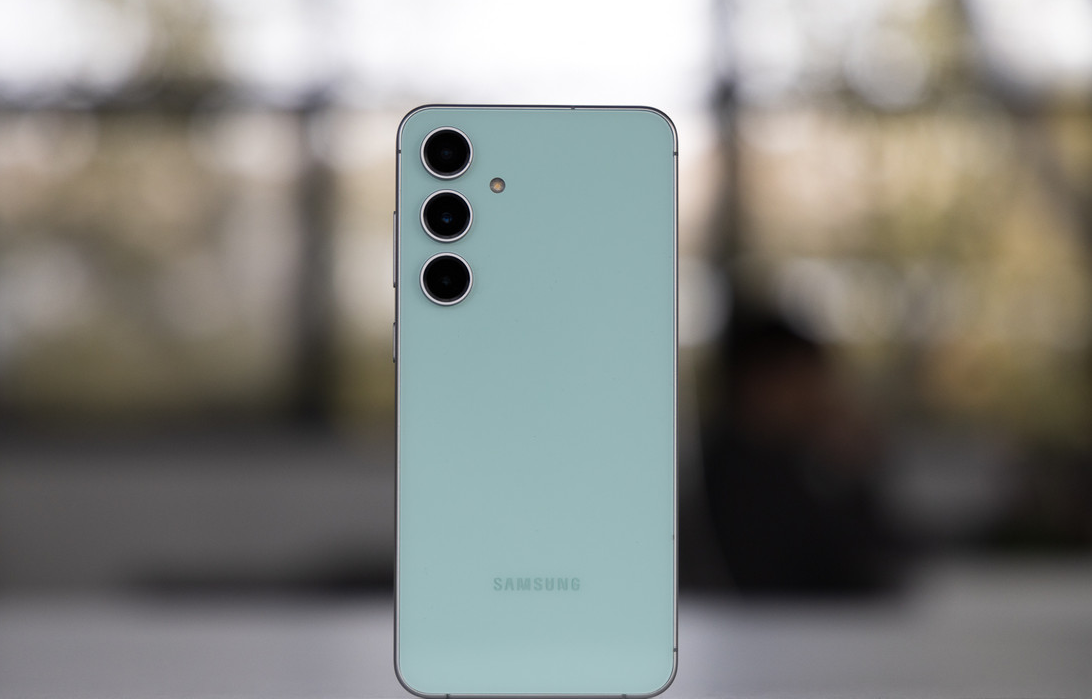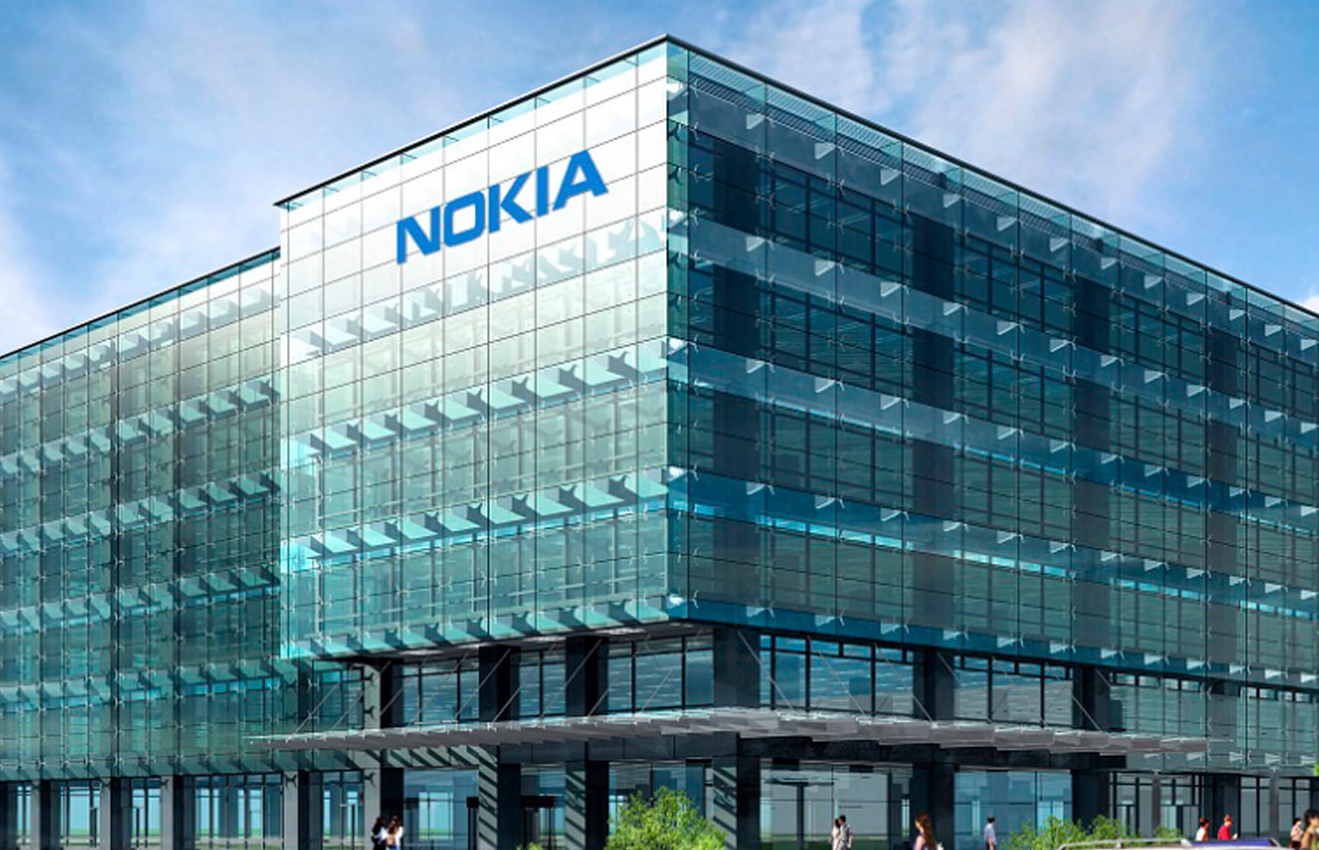Choosing a Christmas tree is an important moment that sets the tone for the entire festive season. The tree is the centrepiece of the Christmas decoration and embodies the spirit of the holiday, creating an atmosphere of magic and joy. However, before you are faced with a variety of choices in a shop or at the Christmas tree market, it is significant to carefully consider a few key aspects: whether you want a live or artificial tree, what size and shape will be optimal for your space, what care and safety aspects to consider, and of course, what environmental considerations to take into account.
Comparative table of characteristics of live and artificial Christmas trees
| Parameter/Tree Type | Live Christmas Tree | Artificial Christmas Tree |
| Environmental friendliness | Pros: Renewable resource, absorbs CO2.Cons: Cutting down trees, disposal after use. | Pros: Reusable.Cons: Manufacturing from plastic, recycling. |
| Cost | Pros: Low initial cost.Cons: Annual purchase. | Pros: One time purchase, durability.Cons: High initial cost. |
| Convenience | Pros: Natural flavour.Cons: Requires maintenance and cleaning, may cause allergies. | Pros: Does not require maintenance, does not cause allergies.Cons: Lack of natural flavour. |
| Durability | Pros: Fresh appearance in a short time.Cons: Loses its appearance quickly, not suitable for long term use. | Pros: Can be used for years.Cons: Can fade and wear over time. |
| Aesthetics | Pros: Unique appearance and flavour.Cons: Inconsistency in shape and size. | Pros: Variety of styles and sizes.Cons: Less natural look. |
| Safety | Pros: Natural material.Cons: Possibility of ignition. | Pros: Less risk of ignition.Cons: Use of synthetic materials. |
Tips for choosing the perfect Christmas tree
Choosing the perfect Christmas tree, whether live or artificial, depends on your personal preferences, living conditions and festive traditions. Here are some tips to help you make the best choice:
For the Live Christmas Tree
Freshness: Check the freshness of the Christmas tree. A fresh tree will have green, bouncy needles that do not fall out when gently shaken.
Size and shape: Make sure the size and shape of the tree is suitable for your space. Take into account ceiling heights and available space.
Tree type: Different types of Christmas trees have different characteristics, e.g. Nordmann spruce keeps its freshness and needles longer.
Place of purchase: Buy Christmas trees from reliable sellers who can provide information about the origin of the tree.
Transport and installation: Think about how you will transport and install the Christmas tree.
For the Artificial Christmas Tree
Quality of materials: Choose Christmas trees made of high quality, durable materials that will last a long time.
Appearance: Look for an artificial Christmas tree that looks as natural as possible. Some models have variations in the colour and texture of the needles for more realism.
Easy to assemble: Make sure the Christmas tree is easy to assemble and disassemble.
Storage: Check how easy it is to store your Christmas tree throughout the year, especially if you have limited space.
Safety: Choose Christmas trees with non-combustible or flame retardant properties for added safety.
General Tips
Budget: Determine your budget ahead of time and stick to it when choosing your Christmas tree.
Safety: Regardless of the type of Christmas tree, make sure it is set up stably and away from sources of open flame or high heat.
Decorations: Think about how you are going to decorate your Christmas tree, and make sure it will support the weight of the decorations.
Environmental considerations: Consider the environmental aspect of your choice, especially in the context of sustainability and environmental impact.
The most popular live Christmas trees
The most popular types of live Christmas trees decided for New Year’s celebrations have their own unique characteristics. Here are a few of the most commonly chosen species:
- Nordmann Spruce (Abies nordmanniana): One of the most popular Christmas trees in many countries. It is known for its thick, shiny green needles that do not prickle and do not fall off for a long time. This species also keeps its freshness well throughout the season.
- Common Spruce (Picea abies): A traditional choice for Christmas, known for its dense branches and distinctive fragrance. The needles can be more prickly than other species.
- Fraser Spruce (Abies fraseri): This species is valued for its unique fragrance and good resistance to needle fall. The needles have a pleasant green colour with a silvery tinge underneath.
- Colorado Blue Spruce (Picea pungens): Known for its beautiful blue or silver coloured needles. This spruce is densely shaped and retains its needles well.
- Douglas Fir (Pseudotsuga menziesii): Although not technically a spruce, this is often used as a Christmas tree. It has soft needles and a pleasant fragrance. This species grows quickly and is usually available in large sizes.
- Balsam Fir (Abies balsamea): This spruce is known for its dark green colour and shiny needles. It has a compact shape and a strong fragrance that many people associate with Christmas.
Each of these species has its own characteristics in terms of appearance, fragrance, and care. The choice depends on personal preference and the environment in which the tree will be kept.
The most popular live Christmas trees
The most popular artificial Christmas trees are typically chosen for their realistic appearance, ease of use and durability. Here are a few types of artificial Christmas trees that are in high demand:
- PE (Polyethylene) Christmas Trees: These Christmas trees look very realistic as their branches are moulded from real trees. They have a more natural look and texture compared to other artificial Christmas trees.
- PVC (Polyvinylchloride) Christmas trees: These trees are most commonly found on the market. They are less expensive than PE Christmas trees and are easy to assemble. Their needles are usually made of thin strips of PVC.
- Mixed Christmas Trees: These Christmas trees combine PE and PVC elements, offering a balance between realistic appearance and affordable price.
- Pre-Decorated Christmas Trees: These trees come with ornaments and lights already attached, making it easy to decorate and saving time.
- Folding Christmas Trees: These are designed for easy storage and assembly. They can be easily folded and put away after the holidays, making them a convenient option for limited space.
- Themed and Coloured Christmas Trees: Some people prefer a non-traditional approach, choosing Christmas trees in unusual colours or styles such as white, pink, silver, or even rainbow.
- Christmas Trees with Built-in Lights: These Christmas trees have built-in LED lights, making it easy to decorate and creating a finished festive look.
When choosing an artificial Christmas tree, it is important to consider the quality of materials, ease of assembly and storage, and overall appearance so that it harmonises with your festive traditions and home decorations.
In conclusion, choosing between a live and an artificial Christmas tree is not just a choice between two different types of holiday decorations, but rather a choice between different styles of celebrations and different approaches to decorating the home. Live Christmas trees bring a sense of tradition and naturalness to the home, and their unique aroma fills the house with a festive atmosphere. On the other hand, artificial Christmas trees offer convenience, durability and reusability, making them a popular choice in today’s world.
Experience the joy of saving money with reBITme when selecting the perfect Christmas tree for the New Year holidays! Let your choice be meaningful and let your Christmas tree bring happiness, warmth, and joy to your home!




